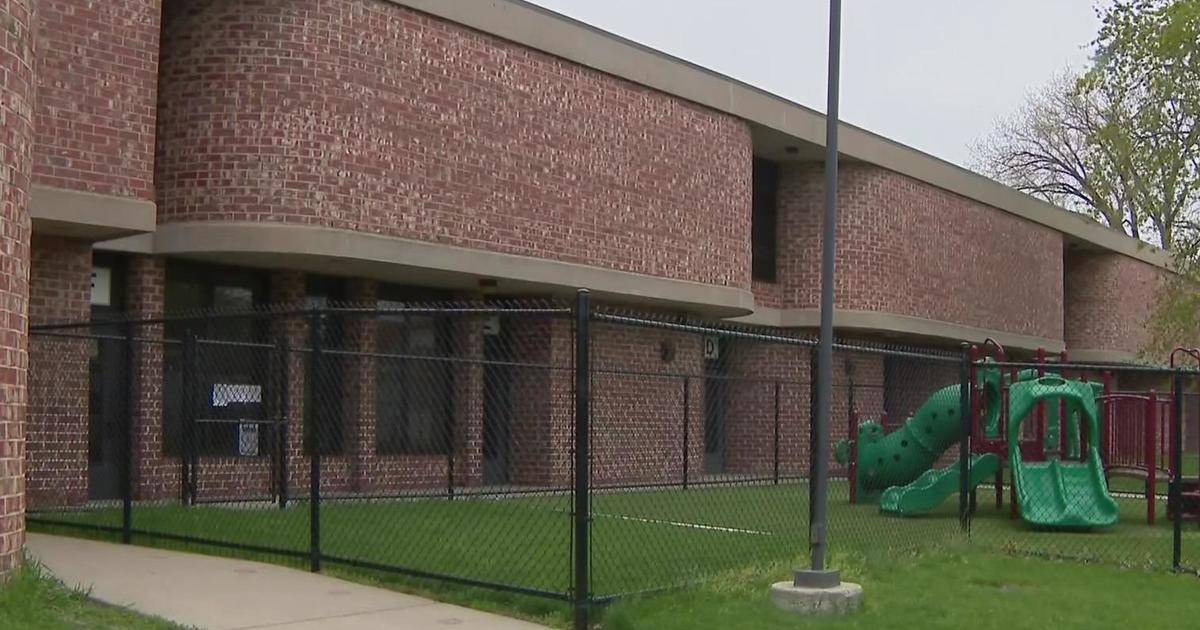Report: Asian Carp Advancing On Lake Michigan
TRAVERSE CITY, Mich. (WBBM/CBS) -- Scientists say they have more proof the dreaded Asian carp is advancing on Lake Michigan.
As WBBM Newsradio 780's Bernie Tafoya reports, scientists report that over a yearlong period, Asian carp DNA was found in 58 water samples taken past the electric shock barrier designed to keep the fish out of Lake Michigan, and ultimately the rest of the Great Lakes.
LISTEN: Newsradio 780's Bernie Tafoya Reports
Podcast
They caution that while the findings suggest the presence of live bighead and silver carp, it's unclear how many were in the waterways because individual fish could be responsible for multiple positive hits.
Still, the researchers argue that so-called "environmental DNA," or "eDNA," has proven a more effective means of detecting Asian carp than conventional methods such as electroshocking and netting. They predict it will become a valuable tool in efforts to prevent exotic species invasions and preserve species that are threatened or endangered.
"There can no longer be any question about the validity of the eDNA work and its reliability," David Lodge, a University of Notre Dame biologist and the project leader, said in an interview Tuesday. "This research has with flying colors passed the most rigorous peer review possible."
The discovery of Asian carp DNA by Lodge and colleagues in 2009 has been at the center of a legal dispute over whether to close shipping locks on Chicago waterways that could serve as doorways to Lake Michigan for the unwanted fish. They have been migrating northward in the Mississippi River and its tributaries for decades after escaping from Southern fish farms and sewage lagoons.
Silver and bighead carp are voracious eaters of plankton -- tiny plants and animals at the base of the aquatic food chain. Biologists say if they become established in the Great Lakes, they could starve out competitors and threaten the $7 billion sport and commercial fishing industry.
Federal officials contend the electric barrier about 25 miles south of Lake Michigan is adequately thwarting the carp's advance.
Michigan and four other states have sued in federal court to close the locks, a move resisted by barge operators and businesses that rely on cargo shipping in the Chicago area. The U.S. Supreme Court and U.S. District Judge Robert Dow last year denied requests to close the locks immediately, but the lawsuit is going forward.
Lodge testified about the eDNA research during a hearing before Dow, drawing skeptical questioning from attorneys for Chicago shipping interests. Critics have attacked the work by Lodge and his colleagues with Notre Dame and The Nature Conservancy, noting it hadn't been published in a peer-reviewed journal -- a criticism Dow echoed in his Dec. 2 ruling.
The paper says the team analyzed more than 1,000 water samples taken from the Chicago Sanitary and Ship Canal and neighboring waterways. Asian carp DNA was found in 128 of those, including 58 beyond the electric barrier.
Just one actual Asian carp has been found past the barrier. Still, Notre Dame scientist Andrew Mahon said the eDNA showed that "the invasion front for bighead and silver carp is much closer to the Great Lakes than people thought."



